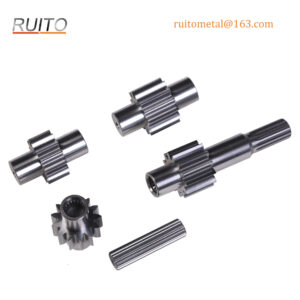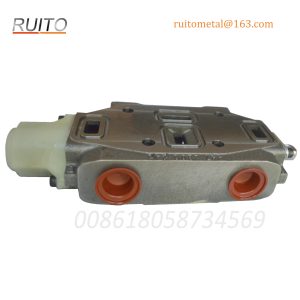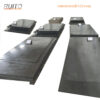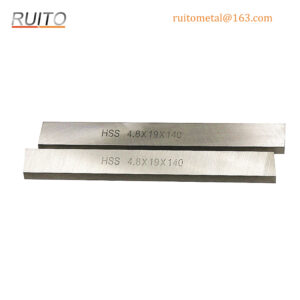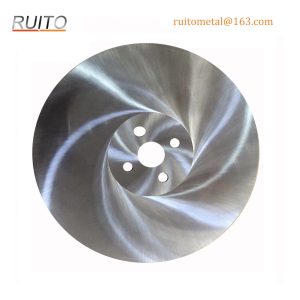D2 Tool Steel is a high-carbon, high-chromium, air-hardening tool steel that is characterized by a relatively high attainable hardness and numerous, large, chromium-rich alloy carbides in the microstructure. These carbides provide good resistance to wear from sliding contact with other metals and abrasive materials. Although other steels with improved toughness or improved wear resistance are available, D2 provides an effective combination of wear resistance and toughness, tool performance, price, and a wide variety of product forms. Also available as an Electro-Slag-Remelted (ESR) product. The remelting process provides improved chemical homogeneity, refinement of carbide size, and the associated improvements in mechanical and fatigue properties.
APPLICATIONS: Rolls, punches, dies for blanking, forming, trimming, and thread rolling, shear knives, food-processing knives, and gauges.
D2/1.2379/Cr12MoV/SKD11 Chemical composition:
| C | Mn | Si | Cr | Mo | V |
| 1.4-1.6 | <0.6 | <0.6 | 11.5-13 | 0.7-1.2 | <1 |
Preheating: To minimize distortion and stresses in large or complex tools use a double preheat. Heat at a rate not exceeding 222°C per hour to 621-677°C equalize, then heat to 760-788°C. For normal tools, use only the second temperature range as a single preheating treatment. Austenitizing (High Heat): Heat slowly from the preheat. Furnace or Salt: 1010-1024°C.
Quenching: Air or pressurized gas to 66-51ºC. Sizes up to 4 inches (101.6 mm) in thickness will through harden when air cooled from 857ºC. Sizes up to 6 inches (152.4 mm) in thickness will through harden when air cooled from 885ºC.
Tempering: Temper immediately after quenching. Hold at temperature for 1 hour per inch (25.4 mm) of thickness, 2 hours minimum, then air cool to ambient temperature. The typical tempering range is 350 to 177 to 204ºC. For maximum wear resistance, temper between 149-177°C for a hardness of 62-64 HRC. For the optimal balance between wear resistance and toughness, temper between 260-288°C. This will produce 58-60 HRC. For maximum toughness, double temper, 2 hours plus 2 hours, at temperatures above 510°C. This will produce hardness of less than 58 HRC. To minimize internal stresses in cross sections greater than 6 inches (152.4 mm) and to improve stability in tools that will be EDM’d after heat treatment, soaking times of 4 to 6 hours at the tempering temperature below 510°C are strongly recommended.
Annealing: Annealing must be performed after hot working and before re-hardening. Heat at a rate not exceeding 222°C per hour to 871-899°C, and hold at temperature for 1 hour per inch (25.4mm) of maximum thickness; 2 hours minimum. Then cool slowly with the furnace at a rate not exceeding 28°C per hour to 538°C. Continue cooling to ambient temperature in the furnace or in air. The resultant hardness should be a maximum of 255 HBW.
